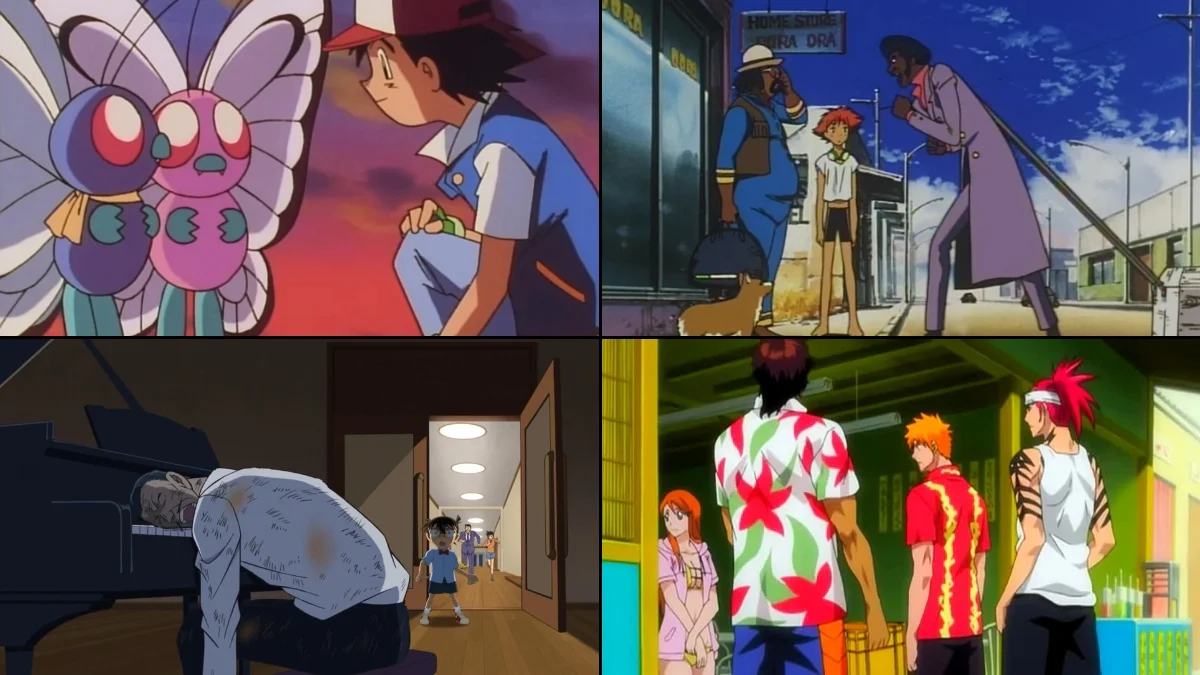
Many anime series include fantastic standalone episodes – like self-contained side stories or special features – that temporarily step away from the main plot. These episodes can be fun diversions, focusing on a single adventure, exploring a character’s backstory, or even briefly changing the show’s genre. This is a curated list of those episodes, chosen because they’re complete stories you can enjoy even if you haven’t followed the whole series. For each episode, we’ll tell you which series it’s from, the episode title, where it falls in the series’ timeline, what it’s about, which characters appear, and a little about how it was made. It’s a handy guide to find an episode you can start watching right now and finish in one sitting.
‘Cowboy Bebop’ (1998) – “Mushroom Samba”

This standalone episode of Cowboy Bebop centers on Ed and Ein, who investigate a mysterious mushroom dealer after a food crisis hits the Bebop. The story is a fun, lighthearted adventure with nods to classic Westerns and blaxploitation films, though it doesn’t significantly advance the overall plot. It primarily focuses on Ed and Ein, allowing it to be enjoyed as a self-contained story, and features Yoko Kanno’s lively music and striking visuals to emphasize its episodic nature.
‘Samurai Champloo’ (2004) – “Baseball Blues”

This episode presents a self-contained story where the team faces off against a foreign opponent in a no-holds-barred baseball game. It’s a humorous take on history that you can enjoy even if you haven’t seen previous episodes, and it perfectly blends the show’s unique style – historical settings with modern slang. The episode is structured as a single, complete comedic sports short, with the direction and visuals focusing on over-the-top sports presentation.
‘Naruto’ (2002) – “Gotta See! Gotta Know! Kakashi-Sensei’s True Face!”

This funny episode shows Team 7 trying to find out what Kakashi is hiding under his mask. It’s a self-contained story that doesn’t deal with the main conflicts of the ninja world, making it perfect for a quick watch. The episode focuses on Naruto, Sakura, and Sasuke working together with disguises and traps, creating a complete, standalone adventure. The animation emphasizes silly, exaggerated movements for laughs instead of complex fight scenes, clearly marking it as a lighthearted filler episode.
‘Dragon Ball Z’ (1989) – “Goku’s Ordeal”

Okay, so this episode was SO different! It was just Goku and Piccolo having to take a driving test, which was hilarious because, you know, they’re usually saving the world! It was cool to see them just be… normal for once. No fighting, no big tournaments, just everyday stuff. The whole episode felt like a sitcom, with the way they set up the scenes and timed the funny sound effects. Honestly, nothing that happened actually affected the main story, you could totally skip it and not miss anything important, but it was such a fun, self-contained little comedy that I actually really enjoyed it!
‘Neon Genesis Evangelion’ (1995) – “Magma Diver”
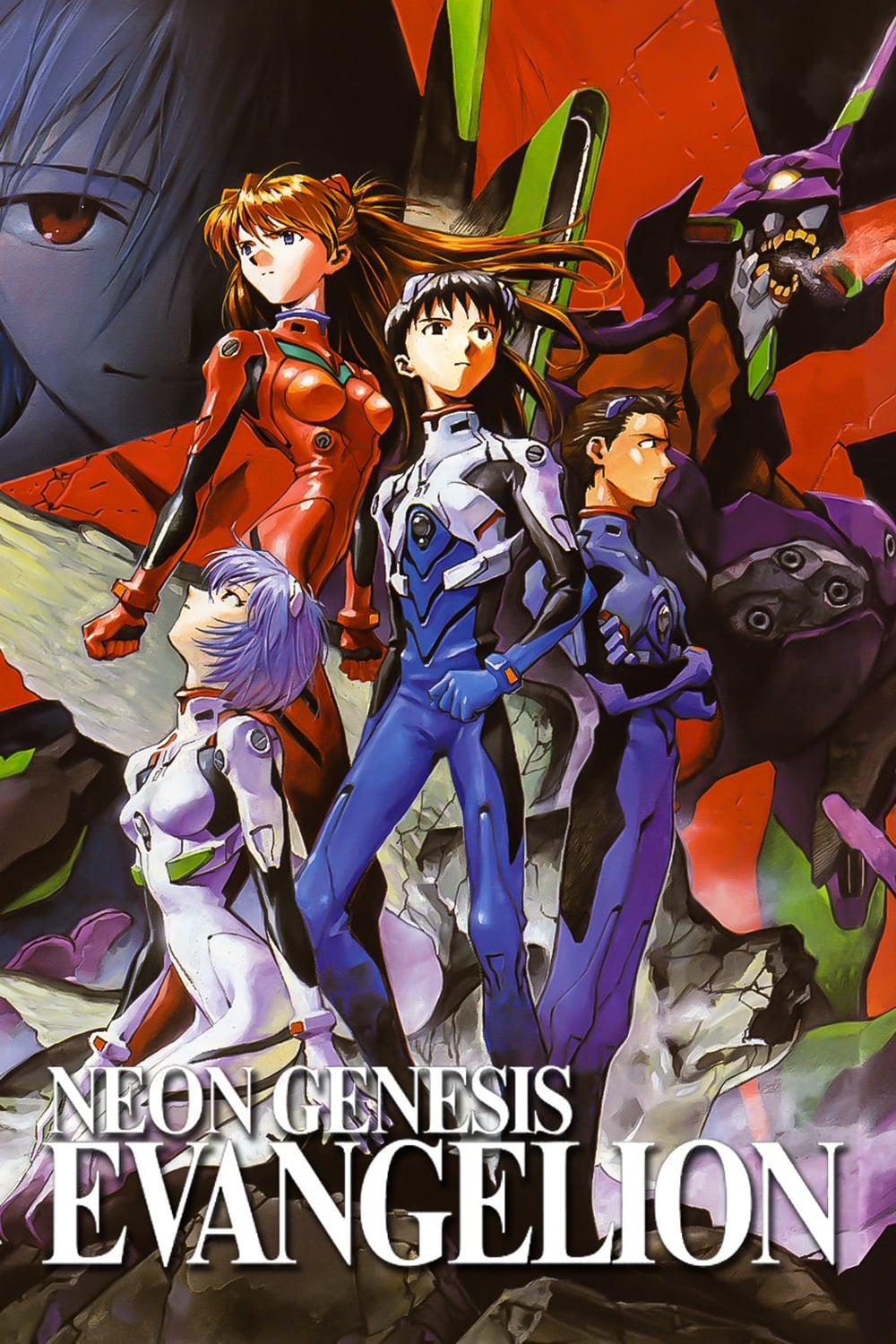
Shinji and Asuka are sent on a mission to destroy an Angel that’s hidden inside a volcano. The episode focuses entirely on this single operation, showing the planning, the dangers of the intense heat, and the special equipment they use. It’s a self-contained action story, different from the show’s usual focus on characters’ feelings. Details about the heat-resistant suits and other gear emphasize that this episode is about tactical combat and a specific challenge.
‘Ghost in the Shell: Stand Alone Complex’ (2002) – “Chat! Chat! Chat!”
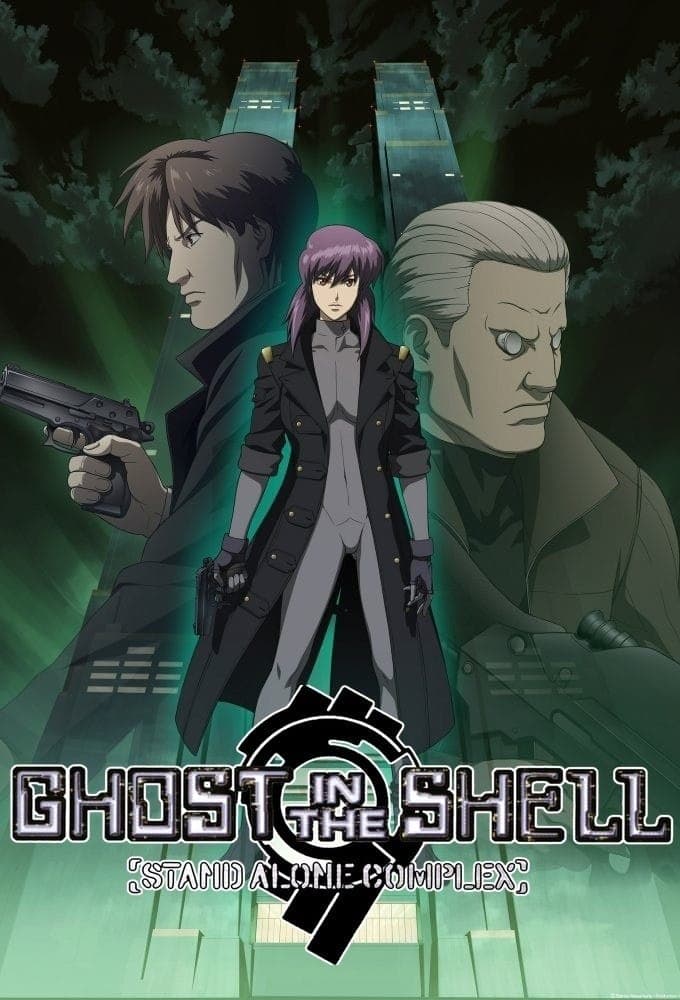
This story unfolds through an online chatroom and investigates the public’s theories about Section 9. Instead of traditional investigation methods, it uses different online profiles and questionable chat logs. It’s designed as a self-contained episode, separate from the main storyline, so you don’t need to know anything about what’s happened before. The episode focuses on how the media and our sense of self connect, all within a single, complete story.
‘Mob Psycho 100’ (2016) – “Urban Legends ~Encountering Rumors~”
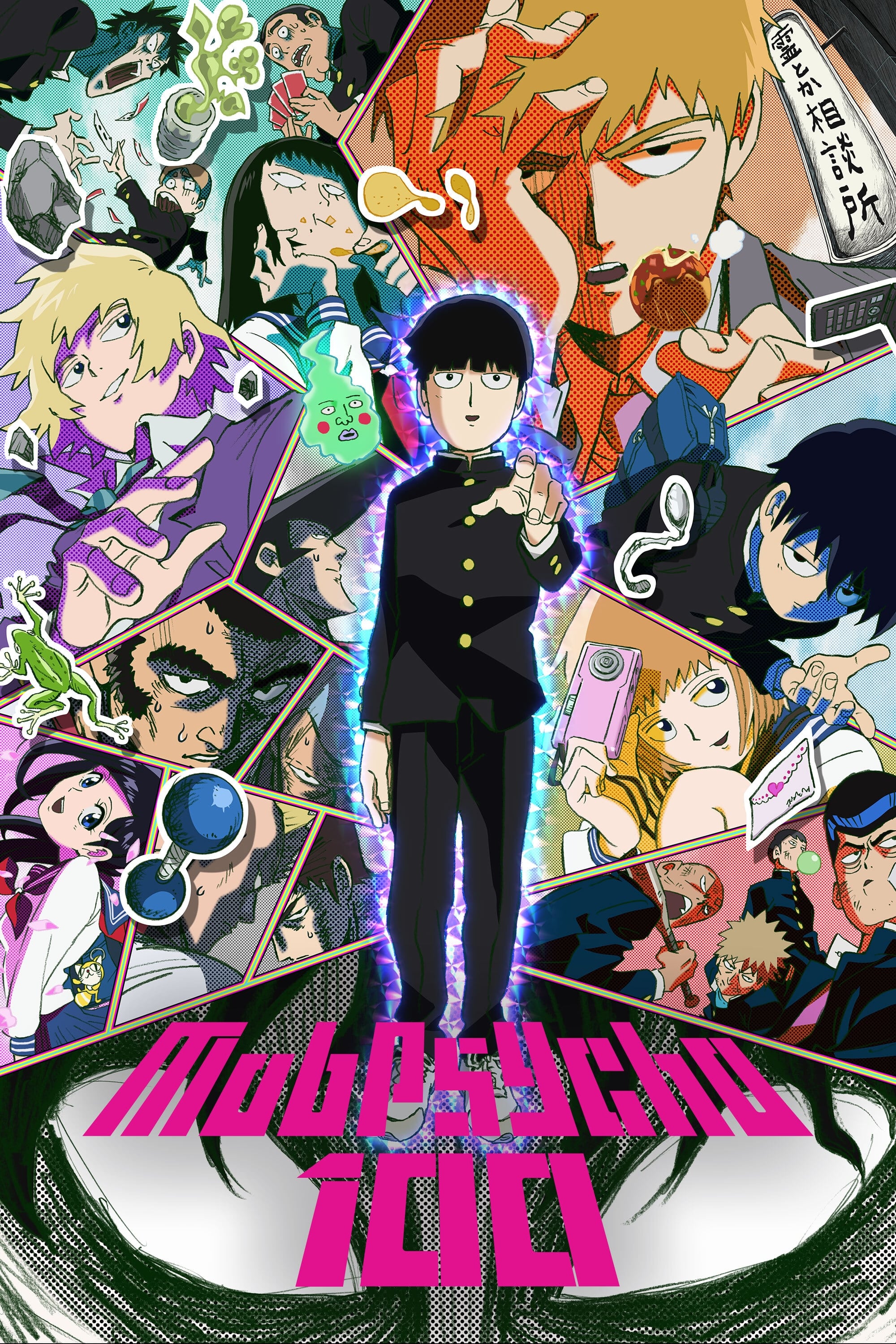
Kageyama and his friends investigate a collection of local legends – like a supposedly haunted tunnel – all in one night. This adventure is self-contained and doesn’t impact the main storyline of the season. The episode focuses on smaller, more personal hauntings rather than big psychic conflicts, keeping the scope manageable. It’s designed to be a good starting point for new viewers, introducing supporting characters through quick, resolved interactions.
‘One Piece’ (1999) – “Gaimon and His Strange Friends”

Okay, so this episode was just…charming. I mean, Luffy and the crew stumble upon this guy, Gaimon, literally inside a chest on this weird island full of strange animals. It’s a self-contained story that wraps up neatly within the episode, which is cool. They leave and their main goal of reaching the Grand Line isn’t affected at all. It felt really like a little fairy tale, not super heavy or complicated, making it a perfect entry point for anyone new to the series. Looking back, you can totally see it as a blueprint for a lot of the ‘island-of-the-week’ adventures they do later on.
‘JoJo’s Bizarre Adventure: Stardust Crusaders’ (2014) – “The Sun”

This episode features a Stand that’s essentially a blazing sun, forcing the crew into a desperate fight for survival in a harsh, desert-like environment. The conflict unfolds like a puzzle with a misleading clue and a clever resolution, all neatly contained within the episode. Instead of relying on a consistent storyline, the episode uses visual effects—like mirages and heat distortions—to drive the plot. It’s a self-contained adventure that doesn’t require much knowledge of previous events or Stand users to enjoy.
‘Pokémon’ (1997) – “Bye Bye Butterfree”

In this episode, Ash assists his Butterfree in finding a partner during a butterfly migration. While emotional, this storyline is self-contained and doesn’t impact Ash’s progress in the Pokémon League. The episode neatly introduces the migration, some competing trainers, and a simple rescue mission, all within the show’s usual travel structure. Team Rocket makes a brief, one-off appearance as a minor challenge, rather than being part of a larger plot.
‘Trigun’ (1998) – “Little Arcadia”

This episode focuses on Vash getting involved in a disagreement over a greenhouse project, which is resolved by the end. The story highlights Vash using negotiation and providing protection, all stemming from a single, isolated conflict. It’s a self-contained adventure that reinforces Vash’s beliefs without adding to the larger story. The unique look of the episode comes from its setting, featuring desert buildings and the greenhouse itself.
‘Mushi-shi’ (2005) – “The Light of the Eyelid”
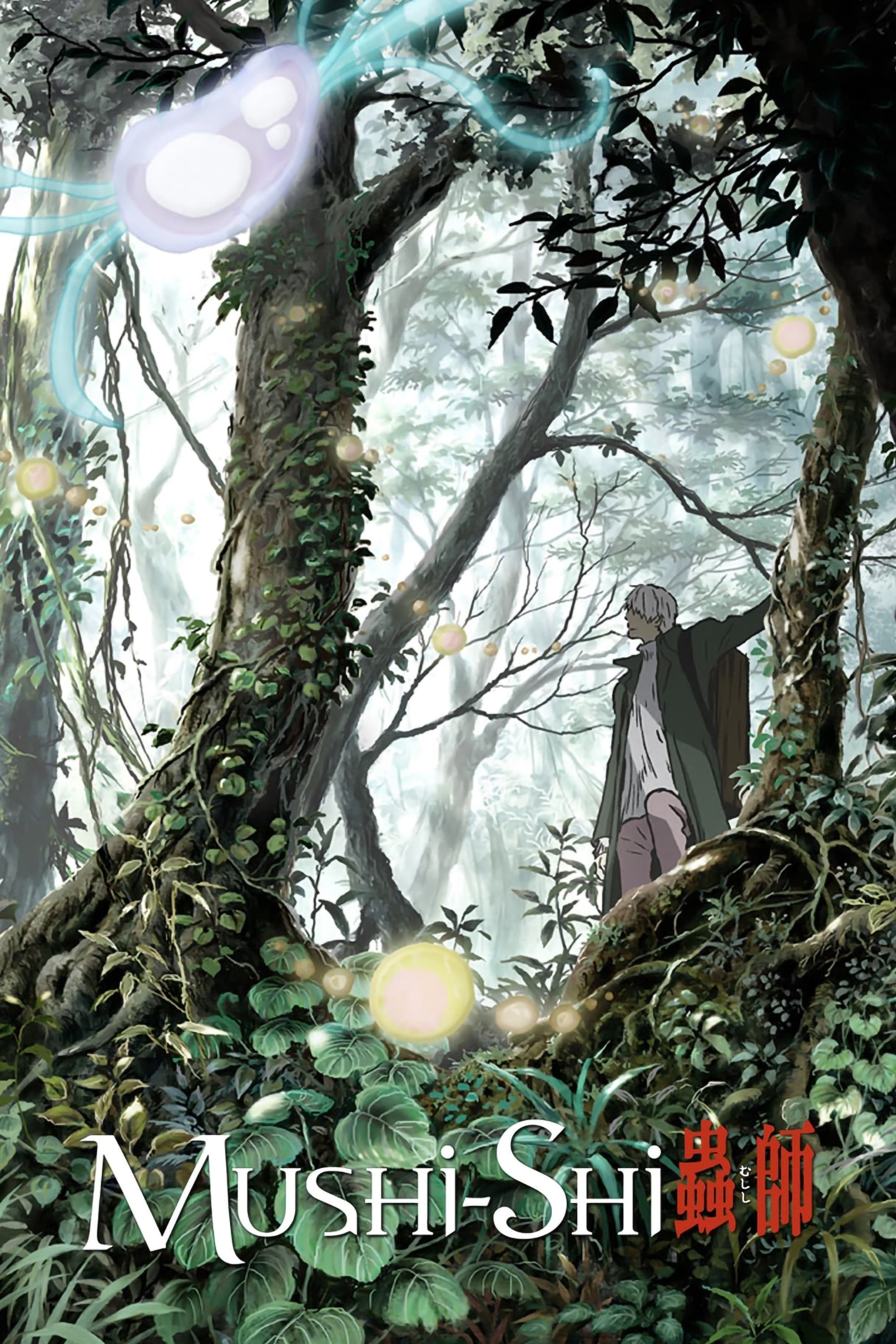
Ginko explores a strange occurrence in a village: people are seeing shimmering lights when they close their eyes, and it’s believed to be caused by a particular type of mushi. This episode quickly establishes how mushi work, introduces the family affected, and even shows a solution—all within a single visit. Because each story is self-contained, you don’t need to know anything about previous events to understand what’s happening. The episode feels like a peaceful, standalone folktale, enhanced by realistic sounds and a very subtle musical score.
‘Paranoia Agent’ (2004) – “Happy Family Planning”
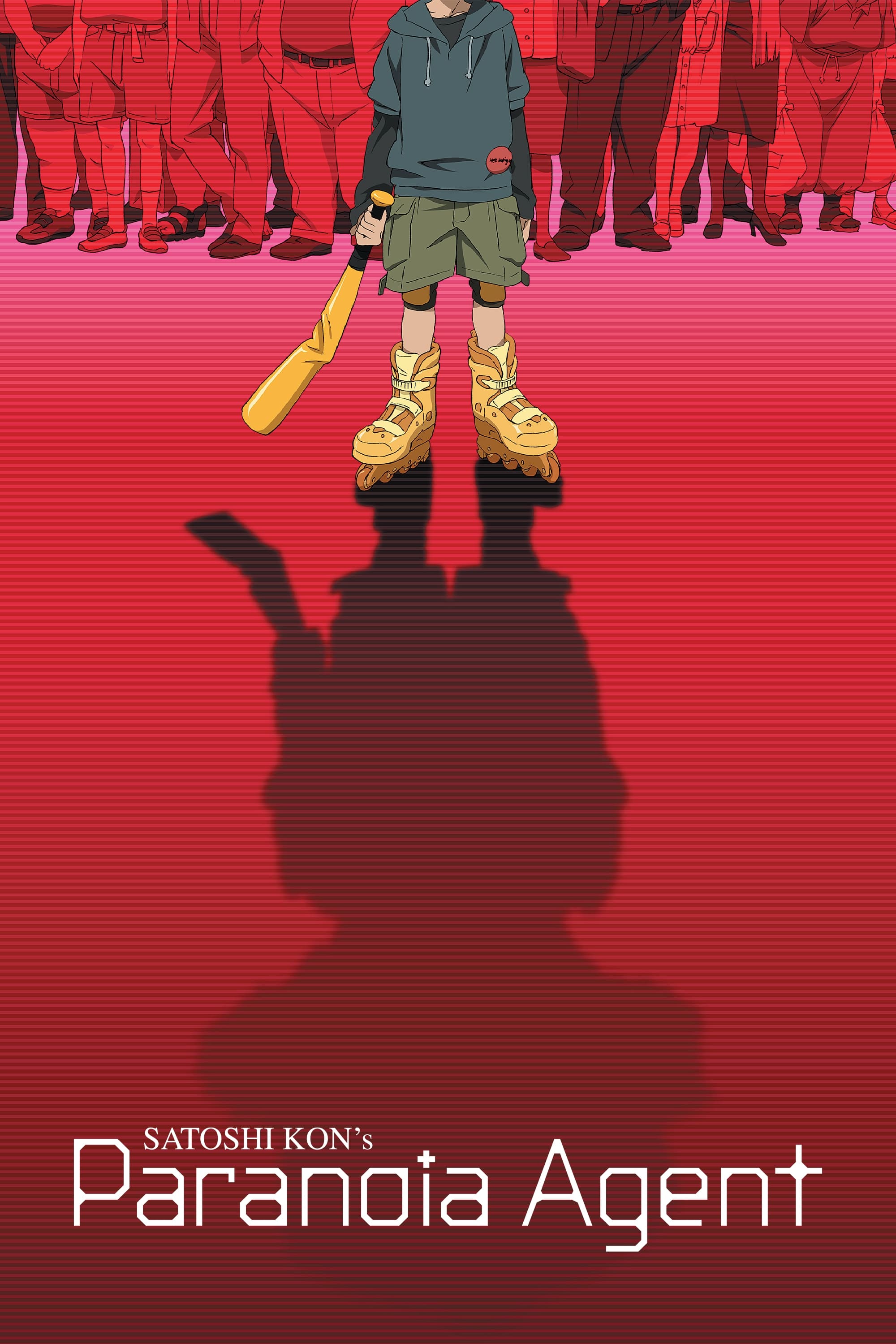
Okay, so this week’s episode does something really interesting. We’re introduced to a completely new set of characters – three people who make a dark deal with each other, and their story runs parallel to what our main investigators are up to. It’s a self-contained narrative, starting with how they meet and ending with a clear resolution. While it definitely feels like this show, the filmmakers use visual styles and editing tricks to keep this story separate, almost like a standalone short film within the larger series. It’s a perfect example of how you can do an anthology-style episode even within a show that’s usually serialized.
‘Nichijou: My Ordinary Life’ (2011) – “Episode 6”
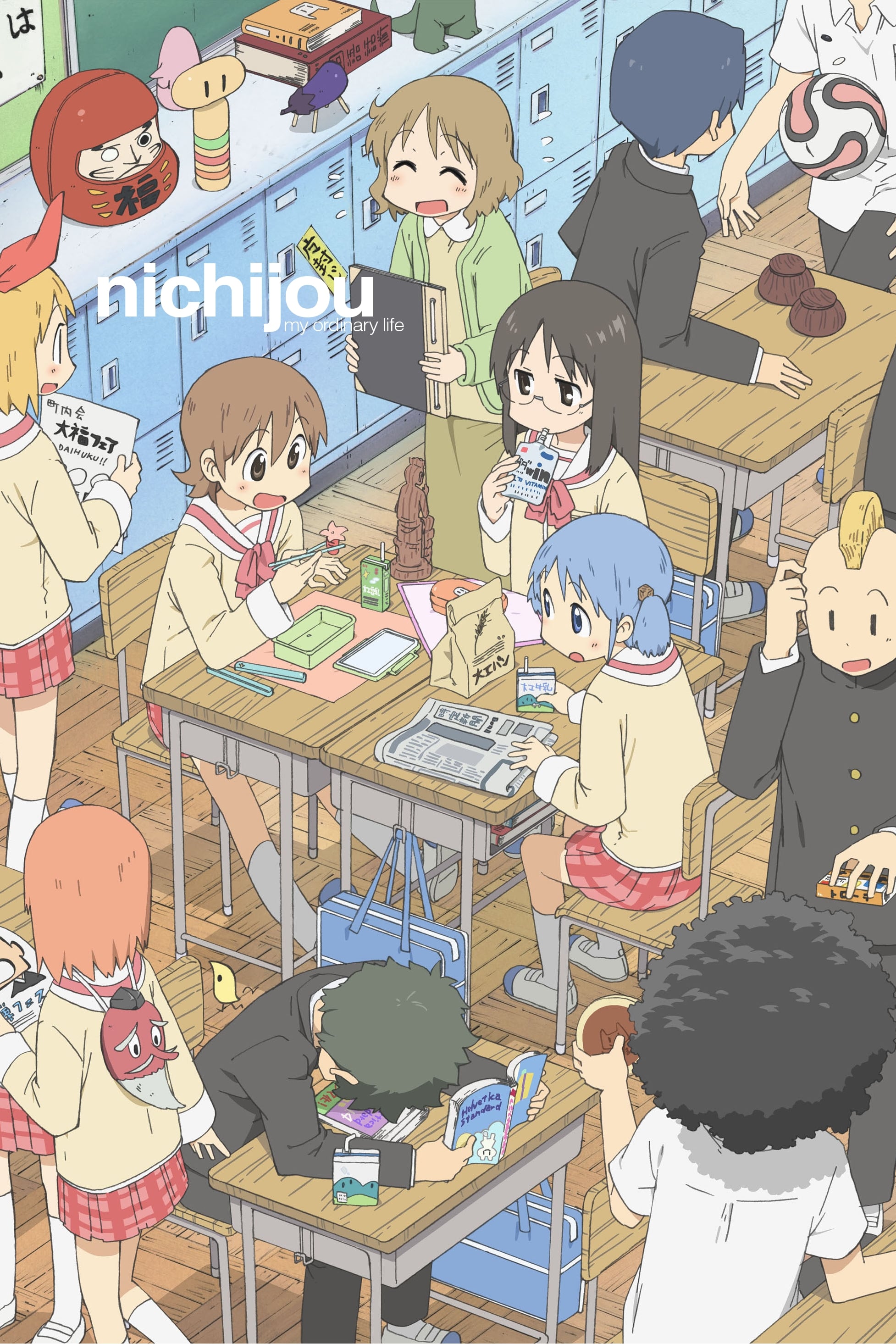
This episode is made up of a series of short, funny scenes – think classroom chaos, hallway pranks, and everyday home life – with each scene starting fresh. Because it’s structured this way, you can tune in at any point and still understand what’s happening and the joke. The humor relies on Kyoto Animation’s excellent timing and how well they bring the characters to life, even though the scenes aren’t connected. The way the scenes are ordered and the little bits in between them make the whole episode feel like a complete variety show.
‘The Melancholy of Haruhi Suzumiya’ (2006) – “Someday in the Rain”

Okay, so this episode is really different! It mostly takes place inside the clubroom while Haruhi is out running an errand, and the rest of us in the SOS Brigade just kind of hang around doing little things. It’s a nice break from all the crazy supernatural stuff, honestly – a really low-key, slice-of-life episode. What’s cool is how much the sound design adds to the atmosphere; you can really hear the clubroom with things like the heater and the rain. It feels like something you could watch even if you’re not totally caught up with the rest of the season, which is neat.
‘Space Dandy’ (2014) – “Plants Are Living Things, Too, Baby”

In this episode, Dandy visits a planet ruled by intelligent plants, experiencing a complete story – from initial discovery to resolution – all within a single trip. The episode creatively uses the idea of how life could evolve to build a self-contained narrative that doesn’t affect the overall story arc. The planet’s plant-based civilization has a distinct visual style, showcasing the show’s willingness to experiment with different genres each week, almost like a series of short stories.
‘Detective Conan’ (1996) – “The Moonlight Sonata Murder Case (Part 1)”
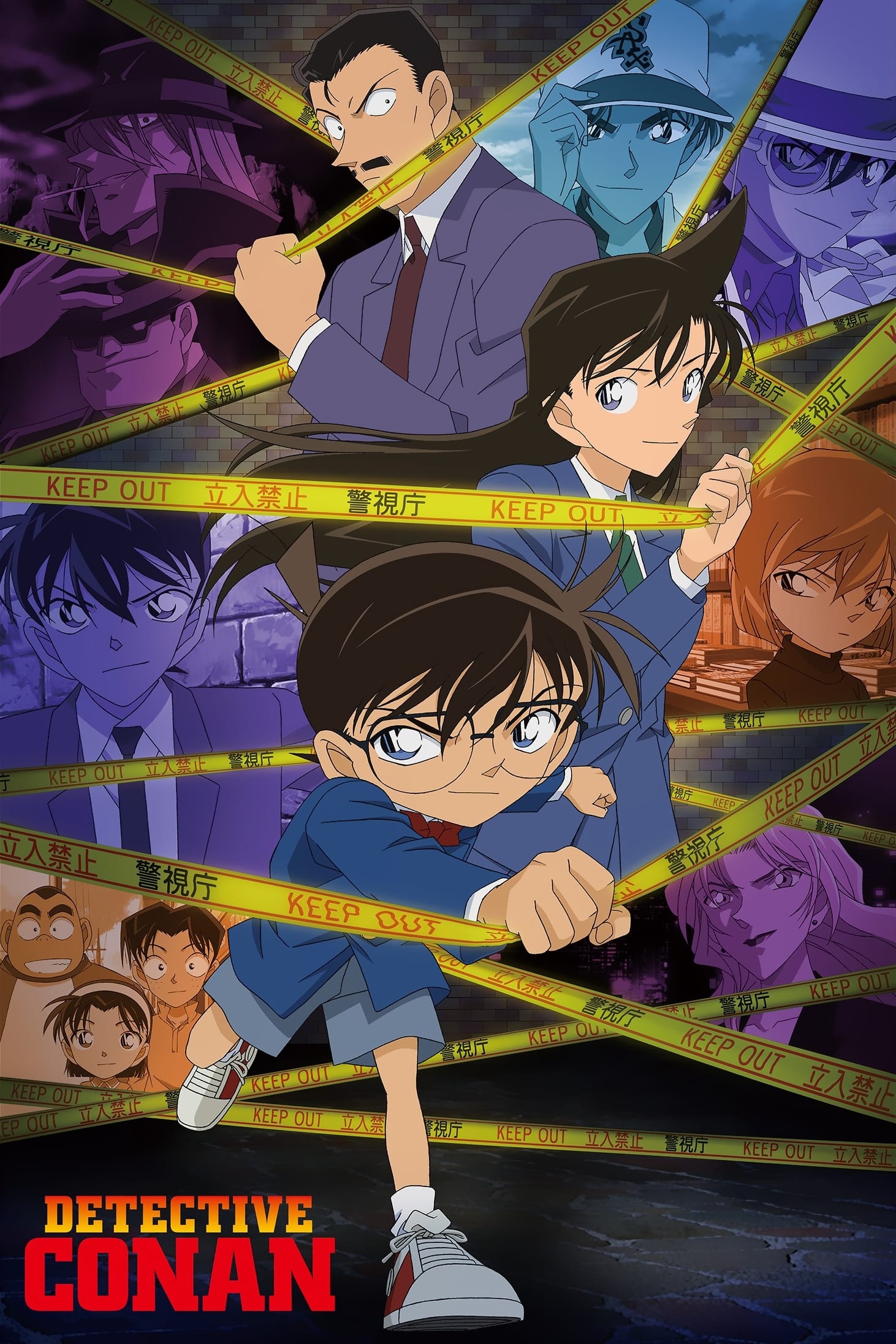
This episode presents a self-contained mystery set on an island, where a haunting piano melody seems connected to a string of crimes. The story unfolds in two parts, with the first half introducing the suspects, possible reasons for the crimes, and a seemingly impossible situation – a locked room. This first part works perfectly as a standalone investigation, like a typical ‘case of the week,’ even if you don’t know the bigger story happening throughout the series. The episode uses familiar investigation techniques – checking alibis, finding clues, and piecing together what happened – that viewers of the show will recognize.
‘Natsume’s Book of Friends’ (2008) – “The Little Fox’s Watch”

Natsume meets a young fox spirit connected to a past encounter, and their story is resolved within a single episode. This installment focuses on the relationship between Natsume and this one yokai, rather than the larger collection of spirits he’s encountered. The episode is self-contained, with beautiful scenery and subtle seasonal details, and can be enjoyed without any prior knowledge of the series or its characters.
‘Mononoke’ (2007) – “Zashiki-warashi (Part 1)”

As a film and TV lover, I was immediately drawn into this first part of a two-part mystery. It centers around a traveling pharmacist who gets caught up in investigating strange, almost childlike spirits haunting a remote inn. The episode does a fantastic job of setting the scene, introducing us to the key players, and giving us visual clues – the art style is heavily inspired by traditional Japanese woodblock prints, which is really striking. Even though it’s only the first half, it clearly establishes how the show will tackle its mysteries and its unique visual approach. It also lays out the core principles – Form, Truth, and Reason – that will guide each investigation, creating a really intriguing rulebook for the series.
‘Dragon Ball Super’ (2015) – “Goku vs Arale! A Ridiculous Battle Will End the Earth?”

This special episode features characters from a different comedy series crossing over for a standalone fight, separate from the main tournament storyline. The focus is on over-the-top humor and silly physical gags, rather than detailed power levels. Any events that happen during the episode are quickly resolved, so it doesn’t affect the overall story. The guest characters’ powers are explained as they appear, making the episode easy to enjoy even if you’re not familiar with their series.
‘Bleach’ (2004) – “Summer! Sea! Swimsuit”

This episode is a lighthearted, standalone adventure that takes the characters to the beach. It’s a simple comedy with a touch of the supernatural, resolving all conflicts within the episode itself. The story focuses on fun character combinations not usually seen, and the visuals clearly mark it as a special, seasonal event separate from the show’s main story arc.
‘One-Punch Man’ (2015) – “Road to Hero”

This special episode reveals how Saitama got his hero suit and wraps up that storyline. It’s meant to be enjoyed on its own, providing a little extra backstory. The episode is structured around quick action scenes and everyday life, feeling more like a fun side story than a regular part of the main series. It’s full of visual humor and relies on perfectly timed, understated comedy.
‘Attack on Titan’ (2013) – “Ilse’s Notebook”

This short animated story presents a soldier’s field notes detailing crucial insights into how Titans behave. It’s presented as a recovered document, starting with its discovery and ending when it’s passed on to someone else. The story doesn’t directly follow the main events of the wall defense, but it provides background information that becomes important later on. Because it focuses on a small group and a limited location, you don’t need to have seen much of the main series to understand it.
‘Black Clover’ (2017) – “Hot Spring Training Camp”

This episode is a relaxing break from the main story, sending the characters to a secluded hot spring for a quick training exercise. It’s mostly about lighthearted challenges, showing off some powers, and letting the characters interact. The hot spring serves as a backdrop, but the story doesn’t really advance, and the characters leave by the end. It’s a good episode for new viewers to check out without needing to follow a long storyline.
‘Fairy Tail’ (2009) – “Welcome to the Fairy Hills!!”

This episode features a funny, self-contained adventure where the characters end up in the women’s dorm for a simple task that quickly turns chaotic. It’s a lighthearted diversion with no major consequences for the overall story, and everything returns to normal by the end. The episode focuses on supporting characters and less-visited locations, and the fast-paced editing keeps the action contained and focused.
Let us know in the comments which great episode we left out! What’s your favorite episode to watch when you just want something short and enjoyable?
Read More
- Robert Kirkman Launching Transformers, G.I. Joe Animated Universe With Adult ‘Energon’ Series
- Avantor’s Chairman Buys $1M Stake: A Dividend Hunter’s Dilemma?
- Ex-Employee Mines Crypto Like a Digital Leprechaun! 😂💻💸
- Сегежа акции прогноз. Цена SGZH
- UnitedHealth’s Fall: A Seasoned Investor’s Lament
- Top 20 Hilarious Conservative Comedians Ever, Ranked
- Hedge Fund Magnate Bets on Future Giants While Insuring Against Semiconductor Woes
- Gold Rate Forecast
- AI Stock Insights: A Cautionary Tale of Investment in Uncertain Times
- Группа Астра акции прогноз. Цена ASTR
2025-11-06 23:48